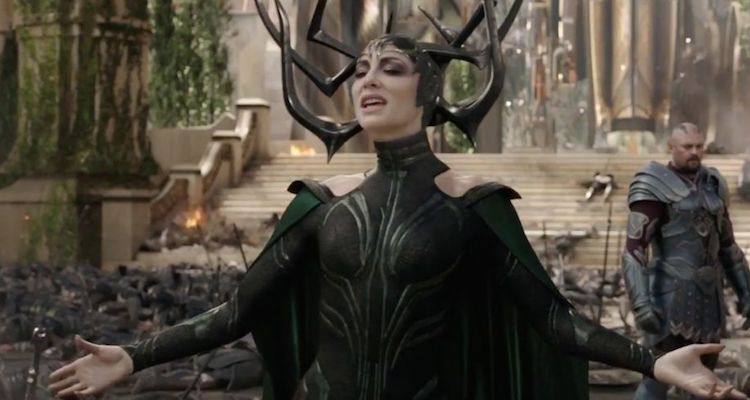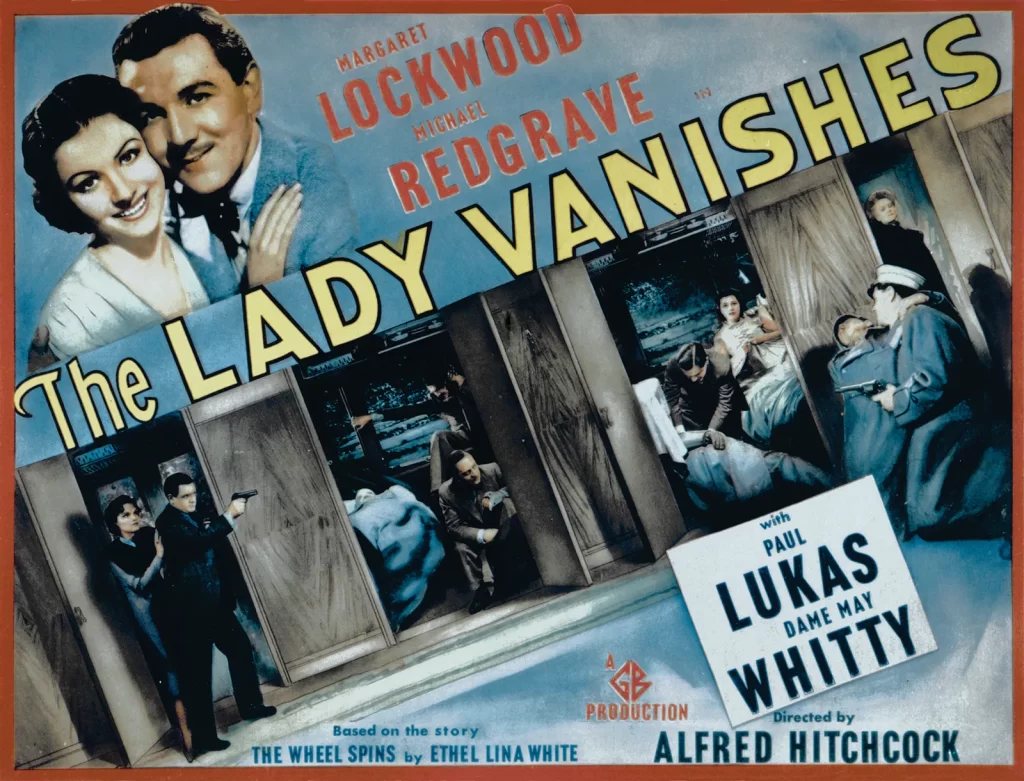No one will deny Cate Blanchett could play the phone book and it would be amazing. So to say her performance as Hela in Thor: Ragnarok is wonderful is a foregone conclusion. But Hela as a character opens the door to comparing her with the Marvel and DC universes’ other villainesses, of which there are not many. pantheon of female villainesses throughout the Marvel and DC universes. While the comic adaptations have a bevy of female characters, the female villain remains an untapped market, and at certain points in Thor: Ragnarok, Hela implies that, regardless of how far we’ve come, the future of evil remains a male-dominated market.
To discuss a female character’s looks should be reductive, but it remains a factor in how villainy is portrayed if you’re female. Cate Blanchett is naturally flawless, but none of Hela’s power or authority is enhanced or diminished by her looks. Her outfit is standard black, and though form-fitting it’s never meant to present her sexually. Compare this to Emma Frost in X-Men: First Class, played by January Jones, whose character is a “honeypot” meant to entice men strictly with her looks. Her costumes consist of assorted lingerie or other cleavage-baring outfits. Her powers, such as the ability to shift into diamond form, act as a metaphor for how women are perceived as jewels or precious gems.
The idea of beauty as power, and how the lack of it fosters evil, appears in more than one comic adaptation. The 2004 version of Catwoman sees Sharon Stone as Laurel Hedare, a woman obsessed with aging whose face disintegrates from dangerous makeup. More recently, the evil mastermind in Wonder Woman, Dr. Maru, aka “Dr. Poison,” covers her face a la The Phantom of the Opera to hide her disfigured visage. For Hela, beauty is irrelevant. She craves power and authority and attains it with strength and aggression strong enough to destroy Thor’s hammer, Mjolnir.
The nature of superpowers is often poorly defined for female villains. The majority have various methods of telepathy (such is with Emma Frost) or the ability to manipulate images. In Avengers: Age of Ultron, Scarlet Witch does the latter, illustrating nightmares for those affected by them. But the return of “pretty powers” remains, as in the case of Angel in X-Men: First Class, who possesses fairy wings and the ability to shoot fireballs from her mouth. Hela’s power lies in strength. She’s presented as an agile fighter, able to take on an Asgardian army single-handedly. Unlike the other villainesses mentioned, Hela is equal to her male counterparts, which only strengthens her motive for demanding she rule Asgard.
Hela’s backstory is the only unique element about her, and does the most toward distinguishing her from the female villains of the past. Revenge is a commonality of all villains, male or female, yet Hela’s motivations go to the very roots of religion and patriarchy itself. The first born of Odin’s (Anthony Hopkins) children, Hela believes she should be allowed to rule by seniority. The transition of power going to Thor (Chris Hemsworth), the first biological son of Odin’s, connects back to primogeniture, wherein only the eldest son — regardless of any female children born first — automatically received an inheritance.
Yet Hela’s roots of hatred go deeper. In one scene she takes in Renaissance-esque paintings of Odin, Thor, and Loki (Tom Hiddleston), not unlike common Catholic depictions of God and Christ. The men are presented with golden halos above their heads as a history of male dominance is deified and presented as glorious. This is Hela’s main source of hostility: when war plays out with men it’s presented as the road to power and omnipotence, yet the entire history of religious teaching — particularly Catholic-aimed teaching — is male dominated. Later, after Hela takes over Asgard, the paintings depict her at the right hand of Odin, a female recontextualization of eons of oppression.
It’s worth considering why Hela’s evil is relegated to the role of villain and Loki, a character who has tried to kill his brother and family over two films now, is just a lovable “trickster.” Why do male villains — another prime example being X-Men’s Magneto — get a shot at redemption, or at least an attempt to mitigate their villainy, while female characters don’t? Like Loki, Hela feels thrown over for Thor, and finds her father’s turn from vengeful, power-mad deity into benevolent God-King to be hypocritical. The question could lie in that return to patriarchy, and while Hela is presented as equally domineering as Thor, the female leader in Asgard is just impossible.
Compare Hela to Tessa Thompson’s Valkyrie. Valkyrie is independent and powerful; she’s also plagued by a dark past that, not unlike many male characters, gives her a drinking problem. But where Valkyrie is set up as the antihero, she has no aspirations to take Thor’s place. She’s willing to work alongside, but never overshadow.
Regardless, Hela opens the door to villainesses who don’t have to rely on their sexuality and looks as “advantages” or the reason for their turn to the dark side. Her motivations go beyond the plot of the film and look at the role of gender in society itself. It’s not a flawless gender study, but did you ever expect to see something like this at all in a Thor movie?
Kristen Lopez fights the patriarchy in Sacramento.



